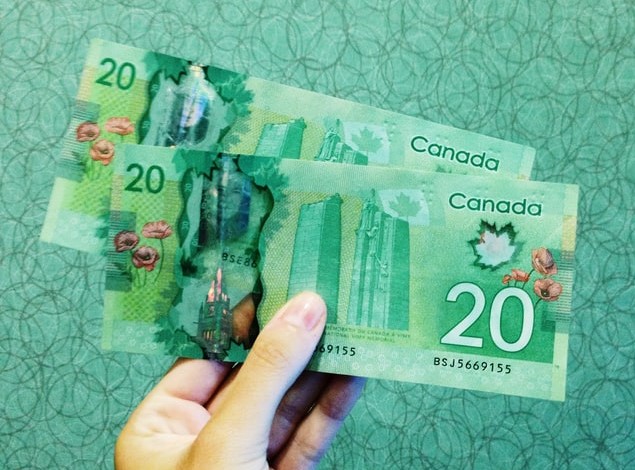Stubborn Inflation And Excess Demand Spook The Bank Of Canada

Photo by Michelle Spollen on Unsplash
In its April decision on monetary policy, the Bank of Canada (BoC) outlined a case for a goldilocks landing for the Canadian economy. While admitting its inflation fight was not yet over, the BoC declared that inflation was “coming down quickly” alongside modest economic growth. The BoC subsequently held interest rates steady in April and May. For June, the bank delivered the sobering news that instead of coming down quickly, “underlying inflation remains stubbornly high.” The statement even included an ominous warning on stubborn inflation and excess demand: “With three-month measures of core inflation running in the 3½-4% range for several months and excess demand persisting, concerns have increased that CPI inflation could get stuck materially above the 2% target.” Accordingly, the Bank of Canada hiked its overnight interest rate another 25 basis points to 4¾%. The immediate reaction in the currency market sent USD/CAD, the U.S. dollar versus the Canadian dollar (or the inverse of Invesco CurrencyShares Canadian Dollar Trust (FXC)), down to recent lows before buyers stepped in to defend the support at those lows.
(Click on image to enlarge)
USD/CAD looks primed to break through support from the April and May (intraday) low. Source: TradingView.com
The decision to hike rates followed on the heels of a surprise interest rate hike from the Reserve Bank of Australia. The RBA warned that the country’s 7% inflation “is still too high and it will be some time yet before it is back in the target range.” The growing realization across the globe that inflation could remain stubbornly high runs counter to the narrative that the peak in inflation also means the imminent end of inflationary pressures. Central banks will have to keep fighting. The BoC referred to this global realization despite weakening macroeconomic conditions: “While economic growth around the world is softening in the face of higher interest rates, major central banks are signaling that interest rates may have to rise further to restore price stability.”
Still, economic conditions in Canada surprised the BoC to the upside. Q1 GDP growth came in at 3.1%. A tight labor market is combined with increases in spending on “interest-sensitive goods” to generate consumption that is “surprisingly strong and broad-based.” Under these conditions, the BoC has plenty of covers to get off the fence and hike again.
The Trade
The technicals are looking ever so slightly better for the Canadian dollar to deliver a major breakthrough against the U.S. dollar. I thought April’s break of support at the 200-day moving average (DMA) (the bluish line in the above chart) signaled the big breakthrough. Instead, USD/CAD proceeded from there to pivot around its 200DMA. However, the double peak in April and May firmed my preference to go long the Canadian dollar. Now the currency pair is challenging the support from the April and May lows which ended a subtle series of higher lows since August of last year. Perhaps most importantly, if and when the U.S. Federal Reserve finally gives in to the market’s expectations for rate cuts, I expect the Canadian dollar to be a prime beneficiary with potentially bullish implications for commodities.
Be careful out there!
More By This Author:
Fed’s Bostic: Still Comfortable Leaning Into Tight Labor Markets
Reserve Bank Of Australia Revives The Ghost Of Inflation Past
A Golden Inflation Conundrum




